The Ice Man Cometh
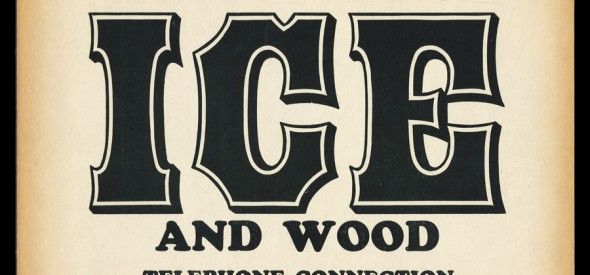
I am ancient enough to well remember the days when goods and services were delivered to the home . . . ice, coal, milk, dry cleaning, firewood, fuel oil, kerosene—even doctor care. Our family doc made visits to the house whenever anyone was too ill to visit his office (which was located in his own home). His father and his grandfather had also been family docs, working out of that same house.
Many of the companies that delivered to the home used printed cardboard cards that were to be displayed in a street-facing window to instruct the driver about how much/many to deliver. Window cards make an interesting collectible.
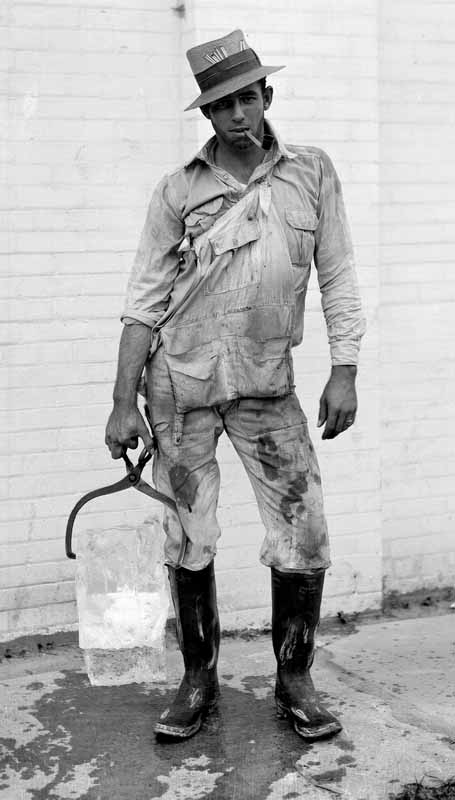
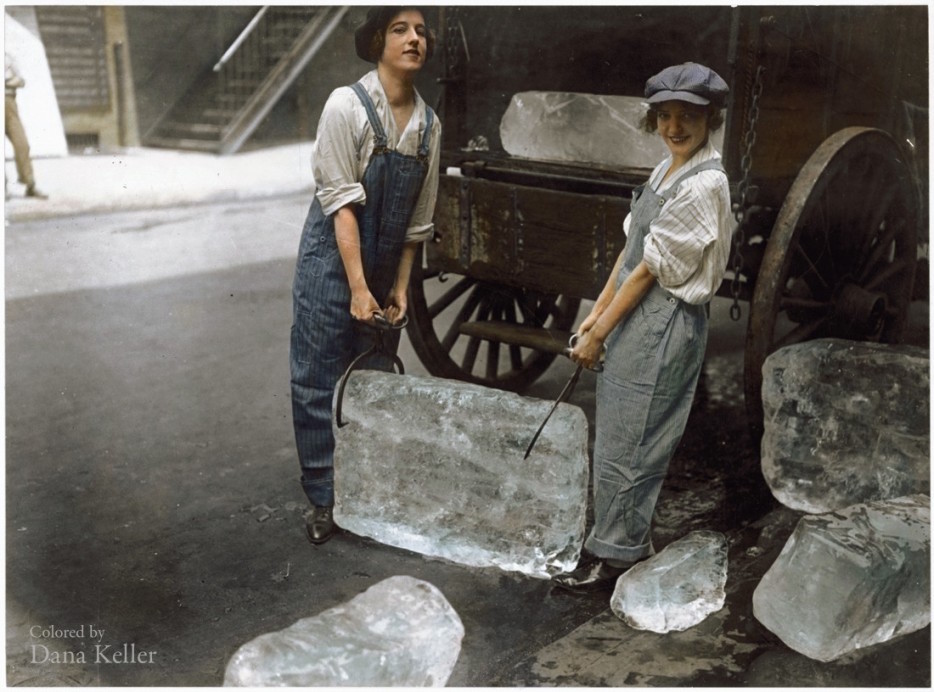
The+Ice+Man
Before refrigerators came ice boxes, insulated boxes in the kitchen held the spoilable foodstuffs, with cold ice stored above in a separate insulated compartment. The ice melted over time and needed to be replaced regularly. An iceman would bring a requested amount to the door, and the resident then placed it into the icebox or broke it into smaller pieces as necessary with an icepick. Most icemen were of necessity strong, as each cubic foot of ice weighed almost 60 pounds.
Ice cards were arranged in the window so that the requested amount for each delivery was at the top.
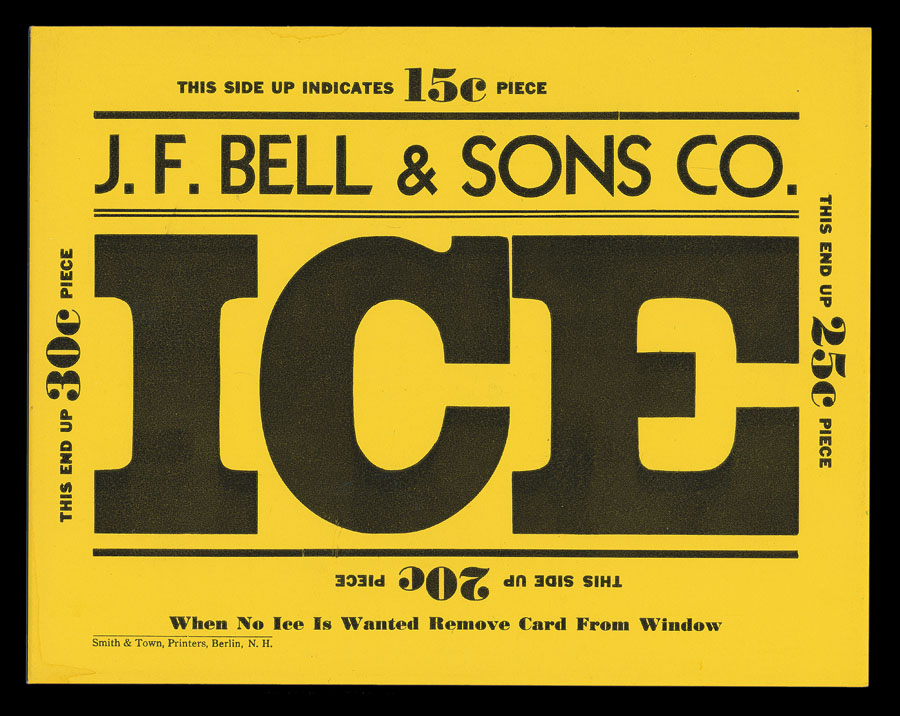
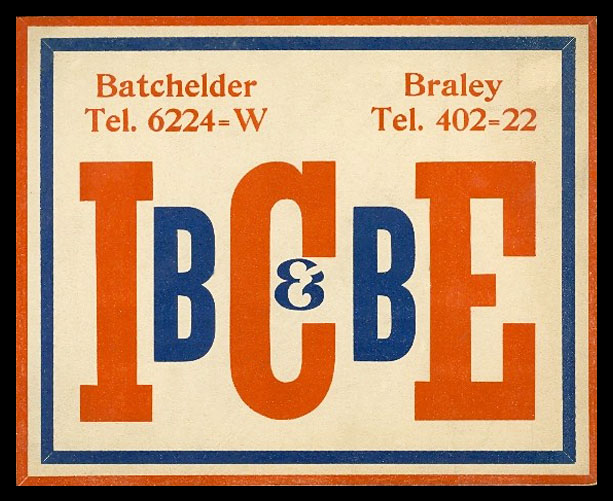
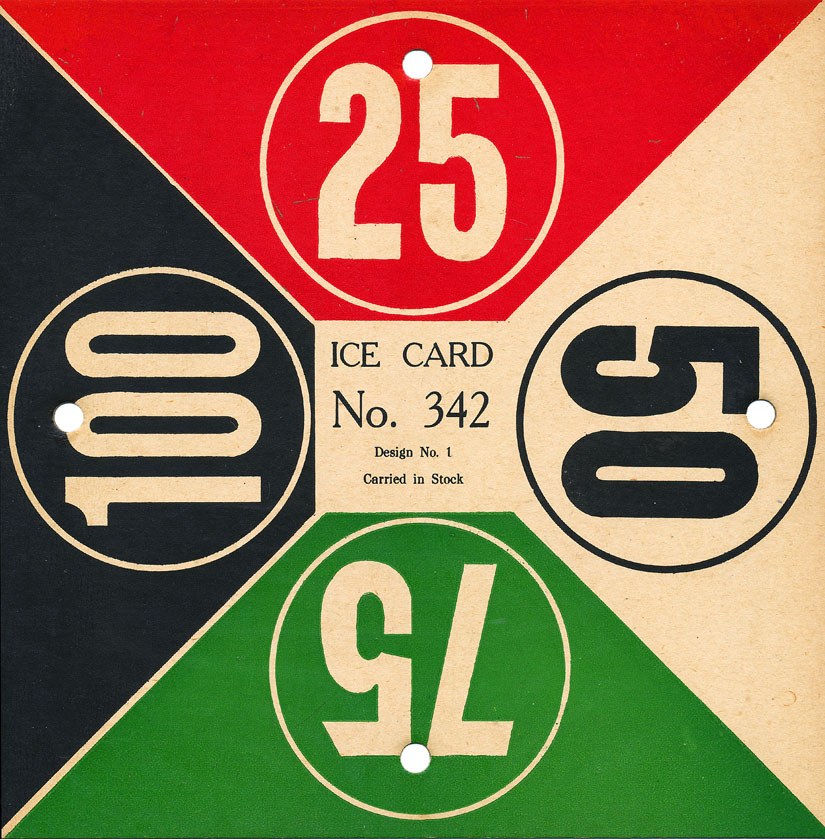
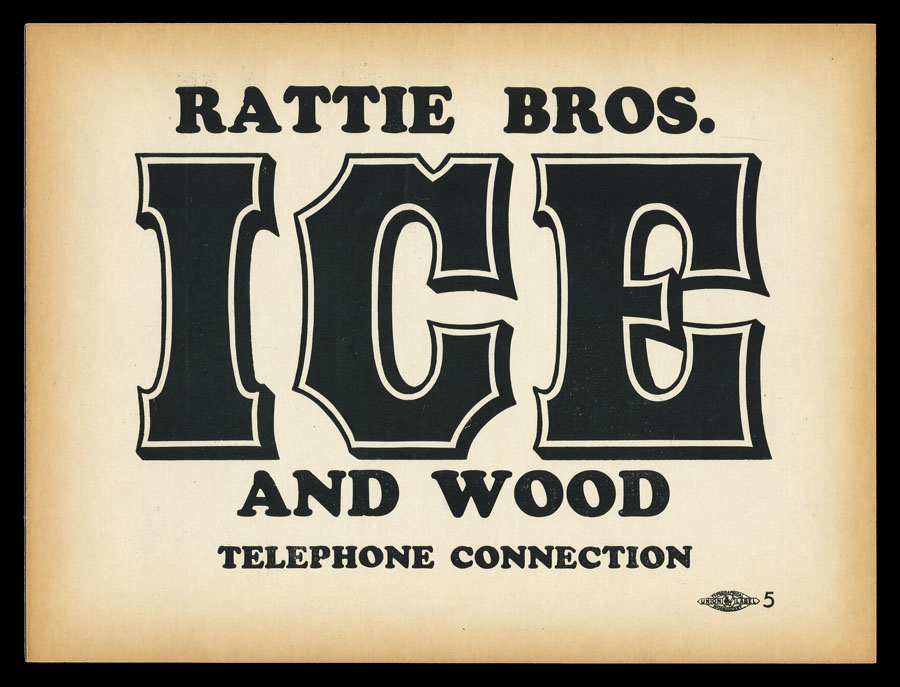
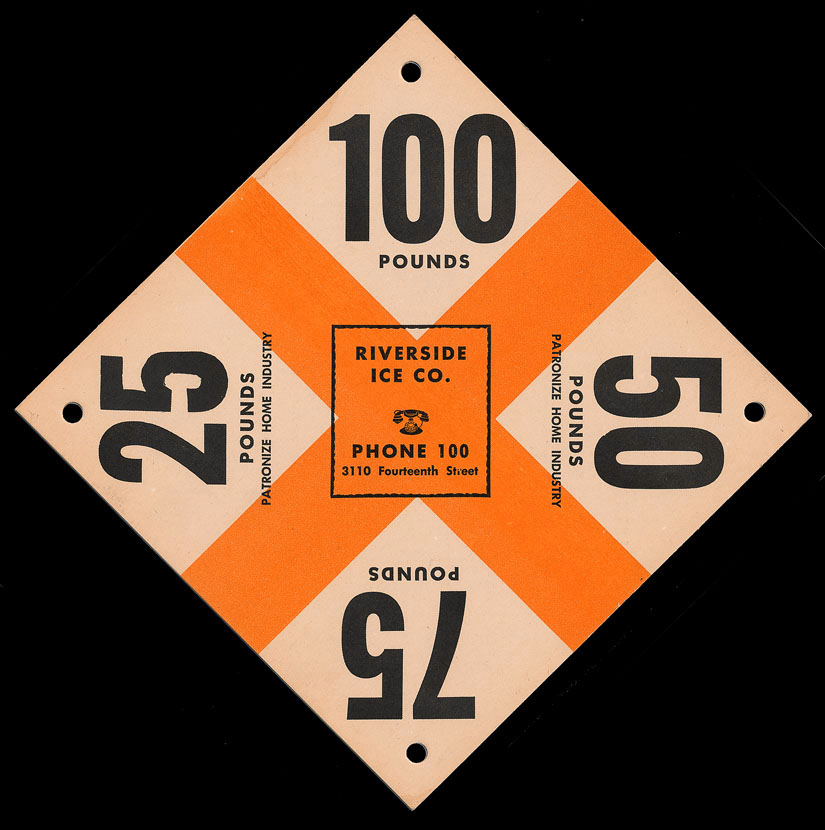
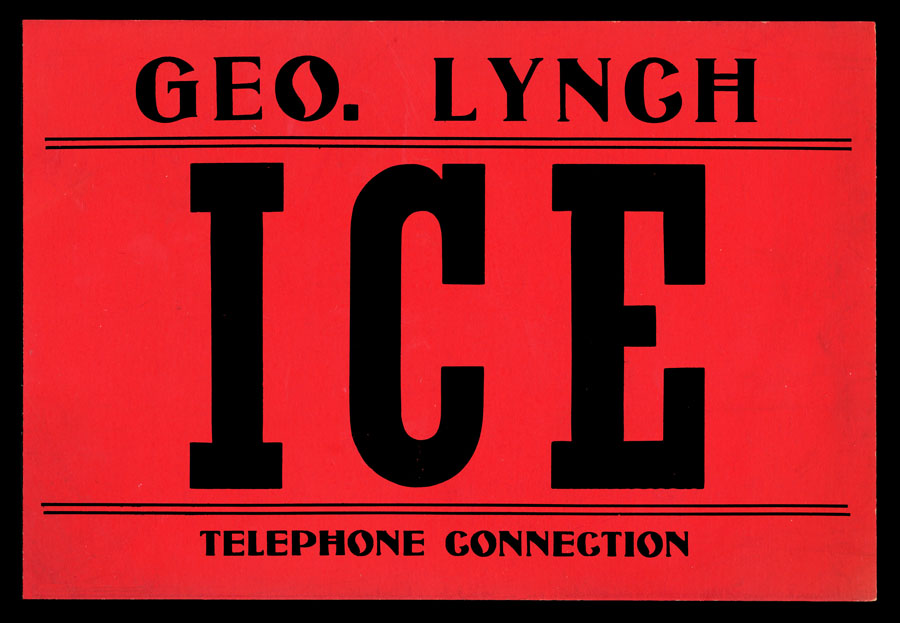
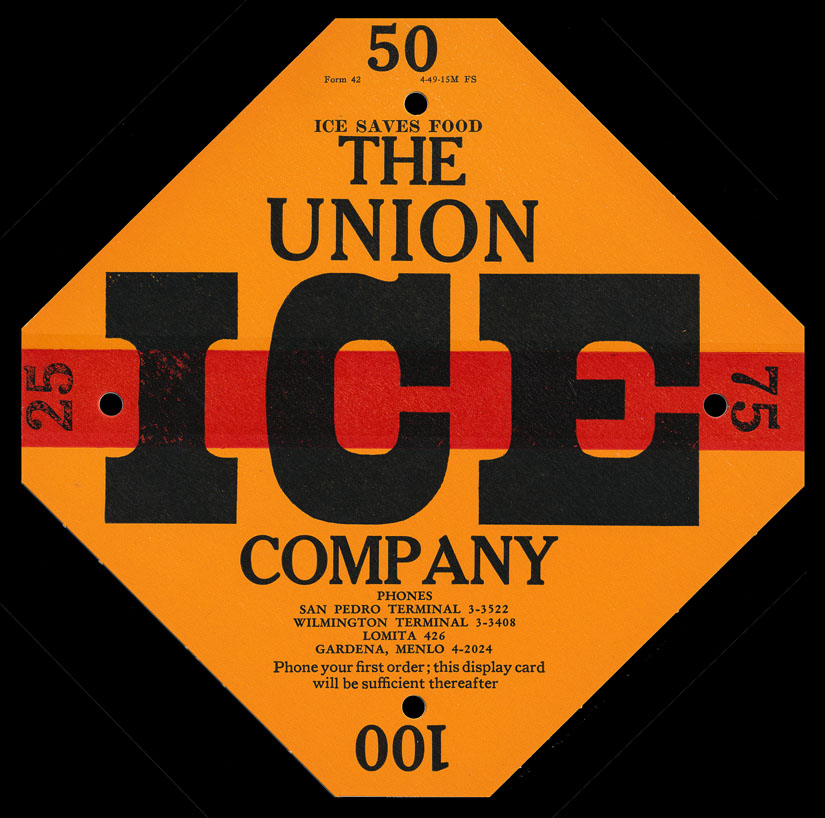

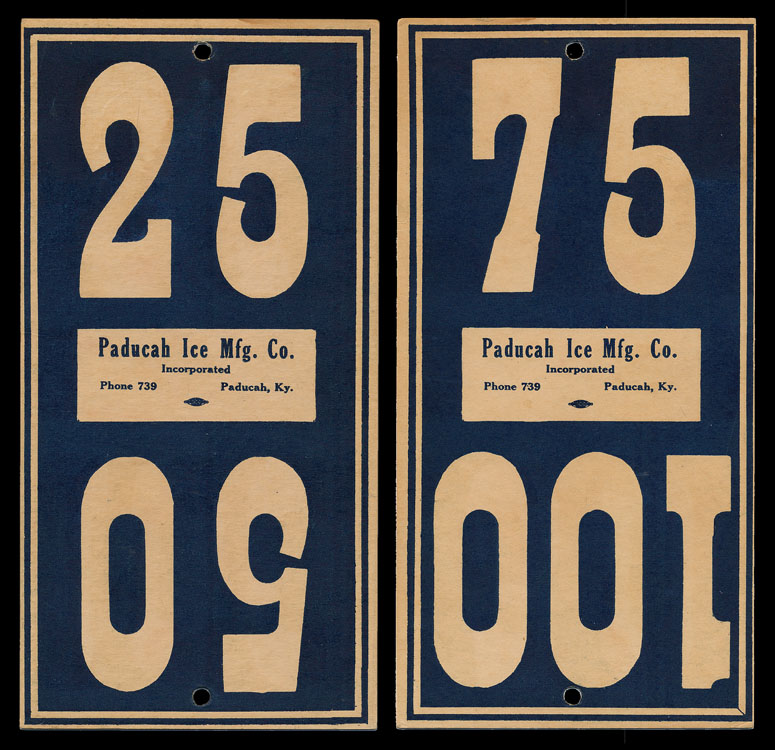
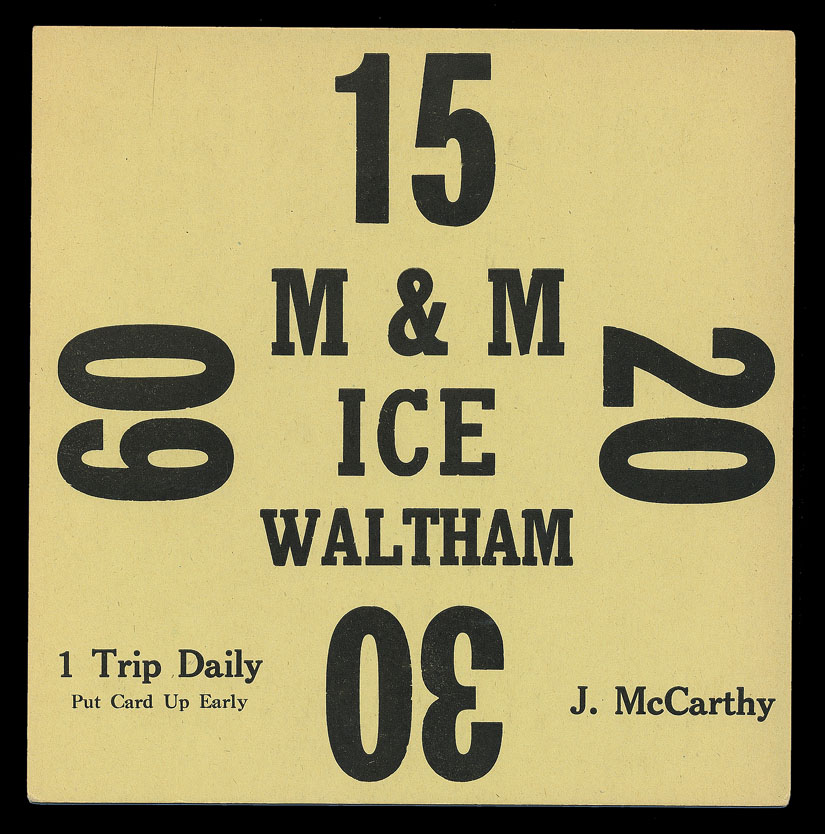
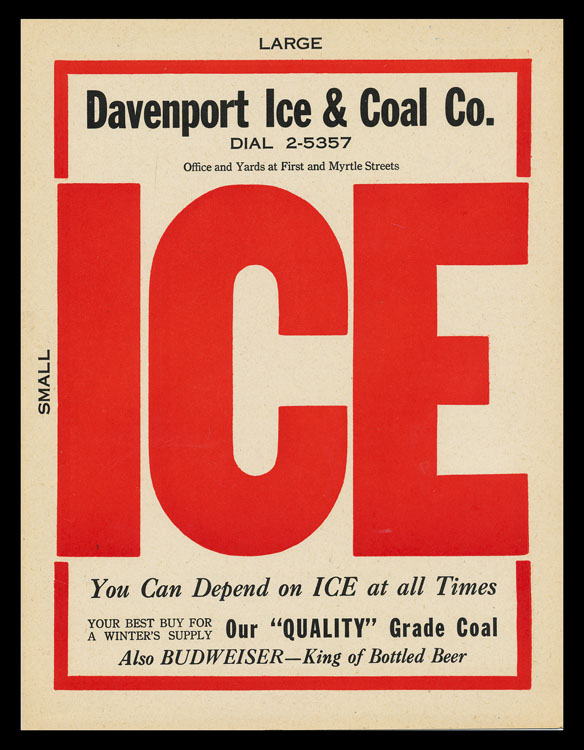
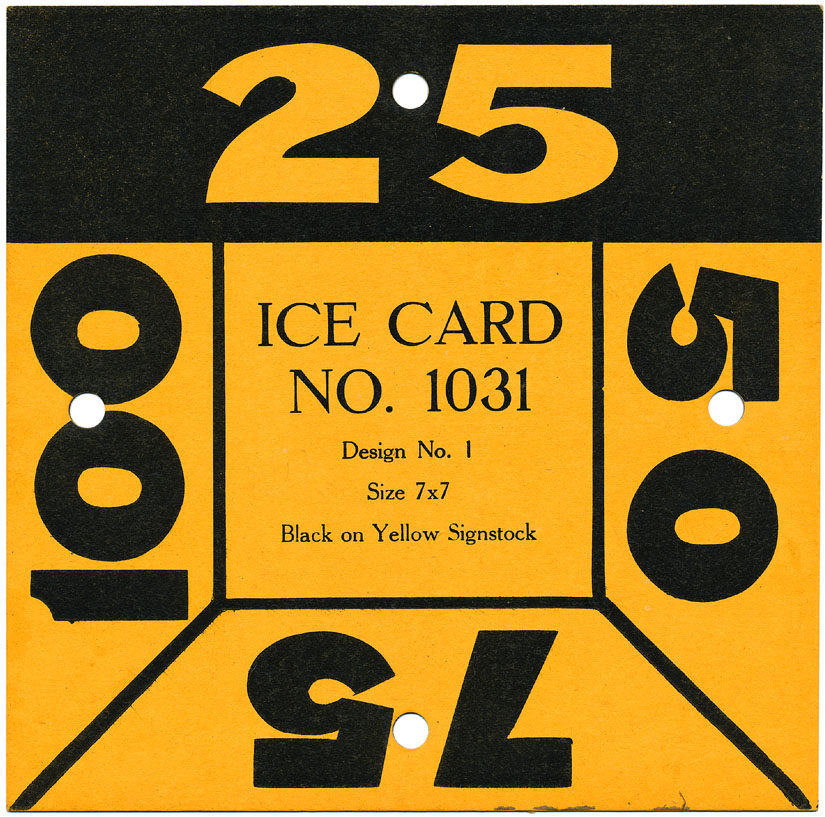
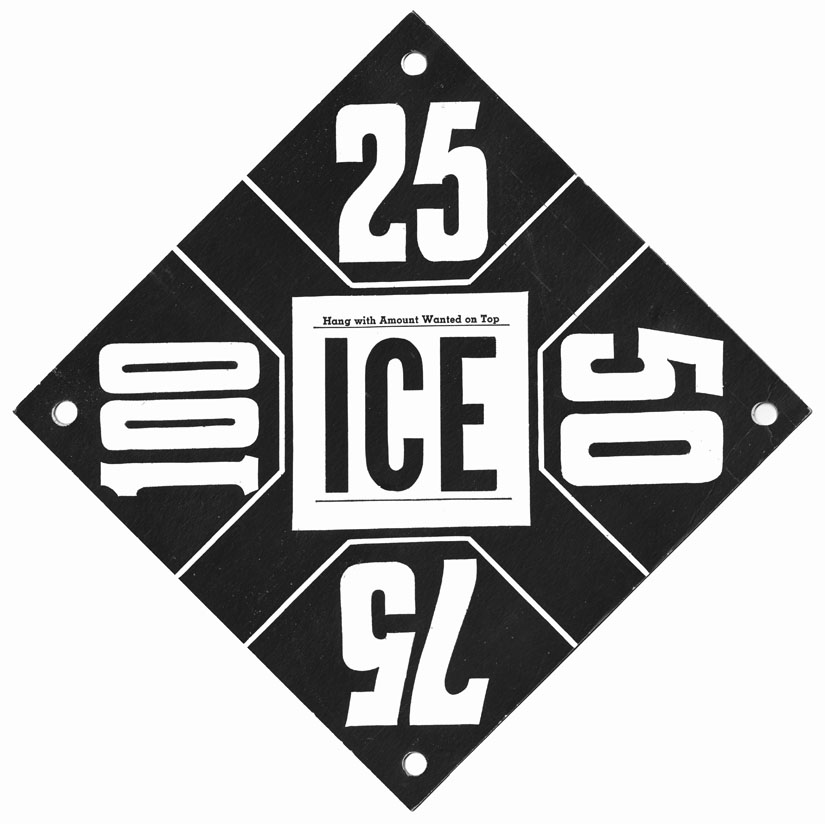
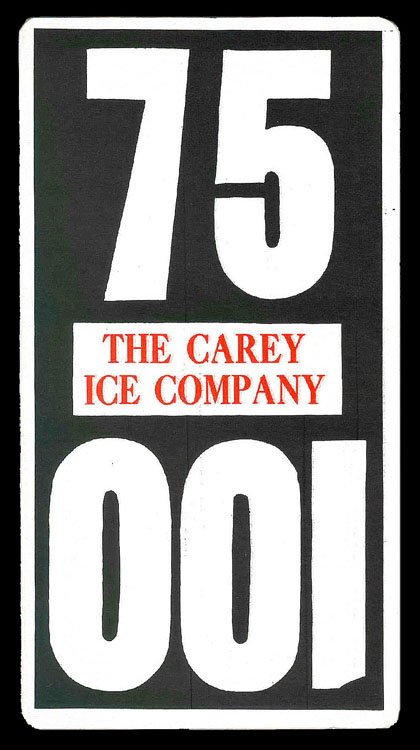
Booklets of prepaid coupons were widely used for payment for ice and some other goods:
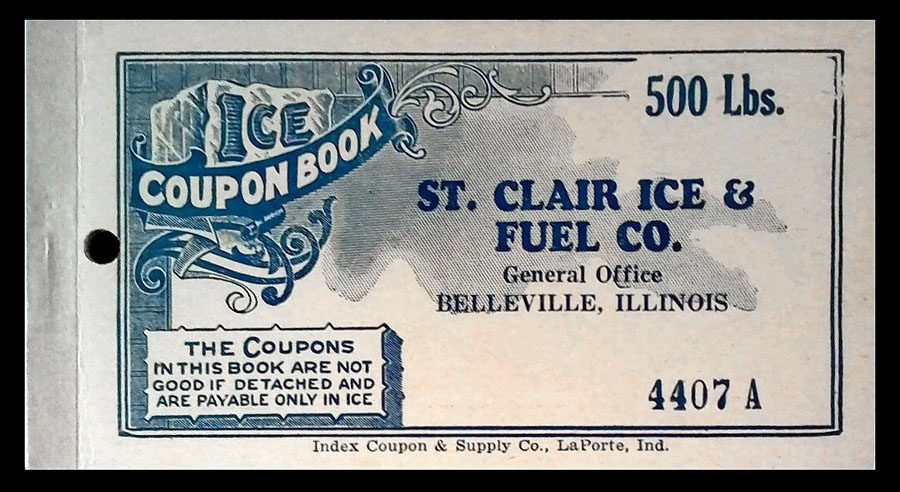
Most ice cards worked so that the number at the top indicated how much ice was wanted, but some showed the desired amount at the bottom. This ice card (below) asks on the back that patrons “assist the iceman in making deliveries early and promptly by having the ice chamber ready and ice coupon book handy.”
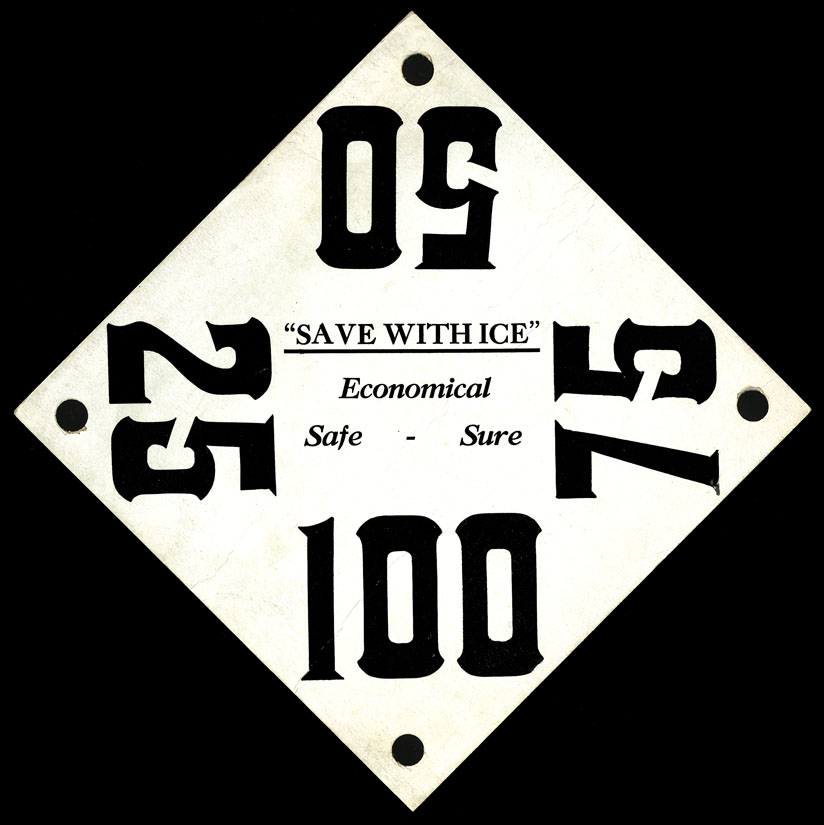
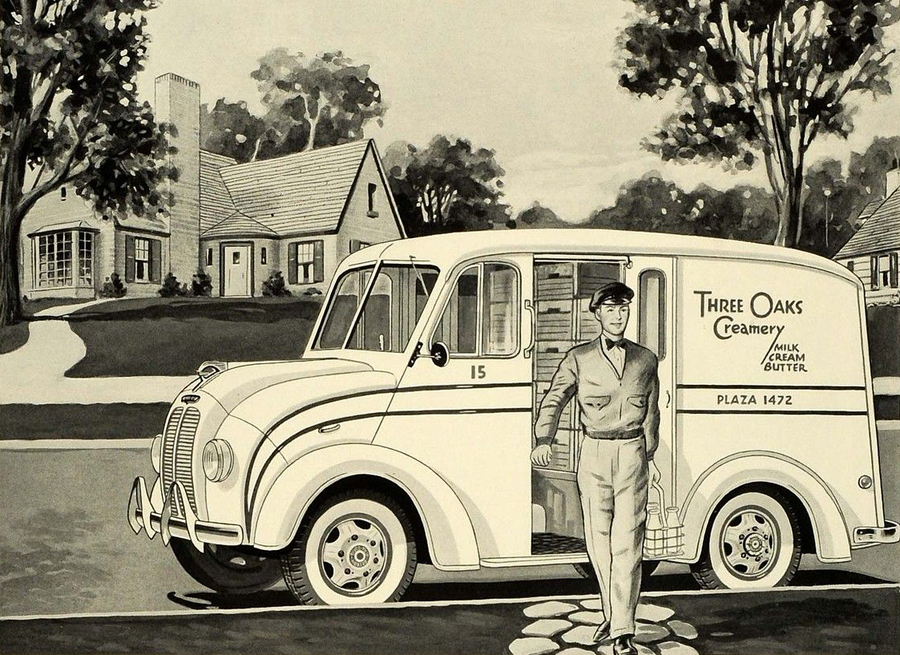
Milk and other dairy products arrived in time for breakfast. In the glass bottles of non-homogenized milk, the cream would have separated at the top and needed to be either poured off into another container or blended in by hand.
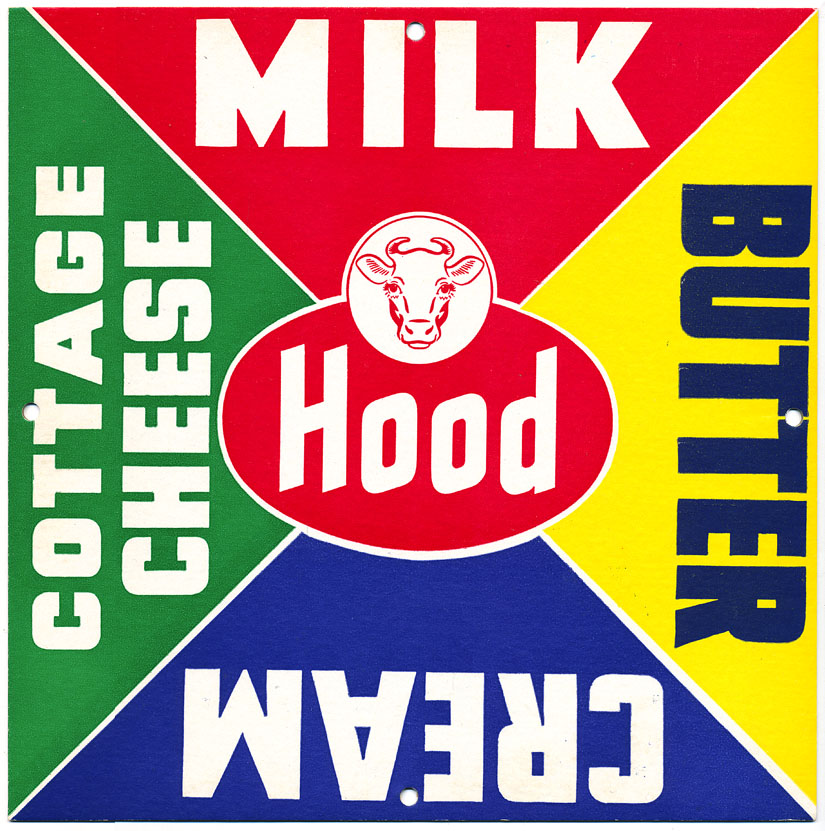
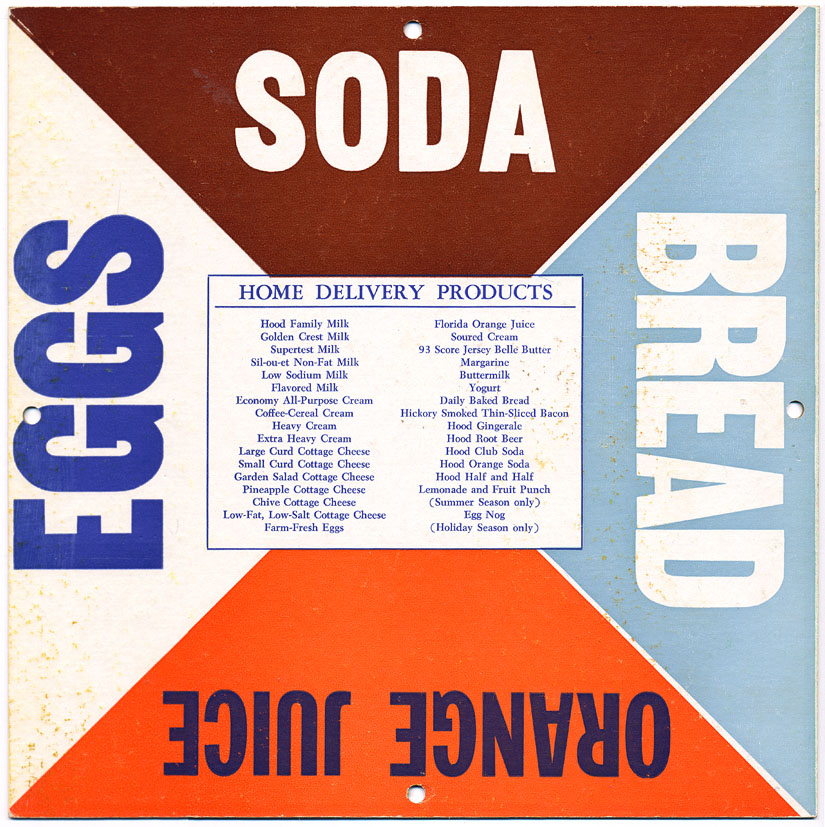
Devices like this (below), used to place an order for dairy products, were inserted into the neck of one of the empty bottles in the porch bottle box for the milkman to find during his next delivery.
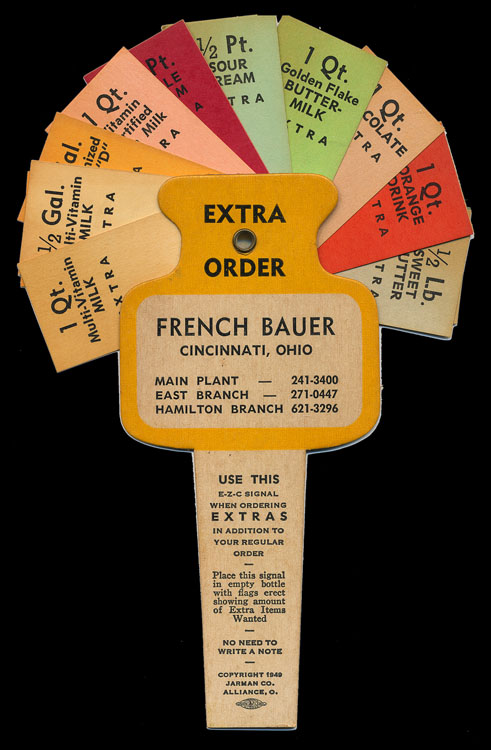
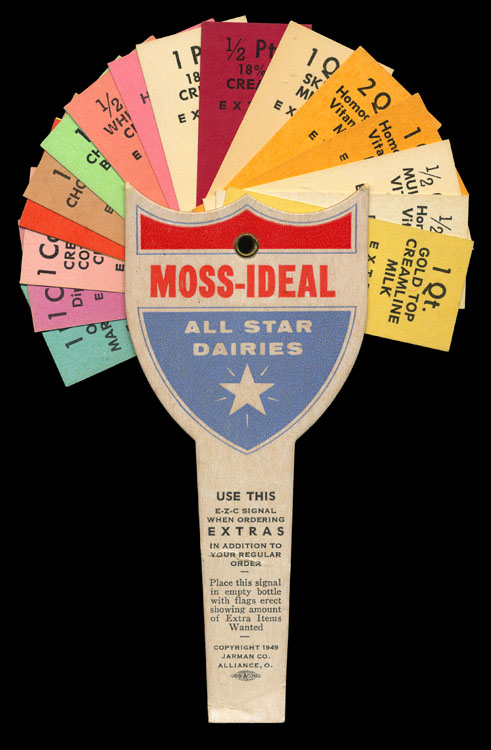
When I was a kid, most houses I knew were heated by a coal furnace, and so there was always a coal bin in the basement. The coal delivery truck would slide a chute into the coal bin access window, and pour in the amount of coal needed. Shoveling fresh coal into the furnace after emptying the ashes that fell to the bottom through a grate was a daily chore.
Laundries and dry cleaners used window cards.
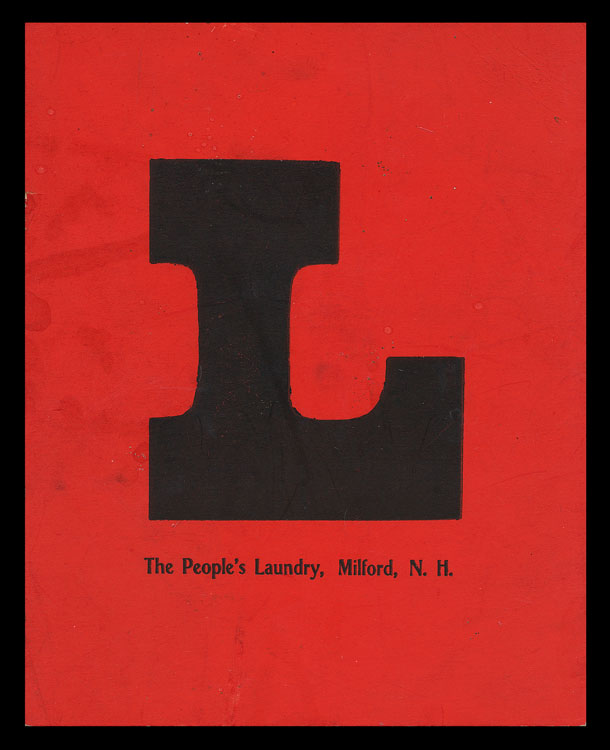
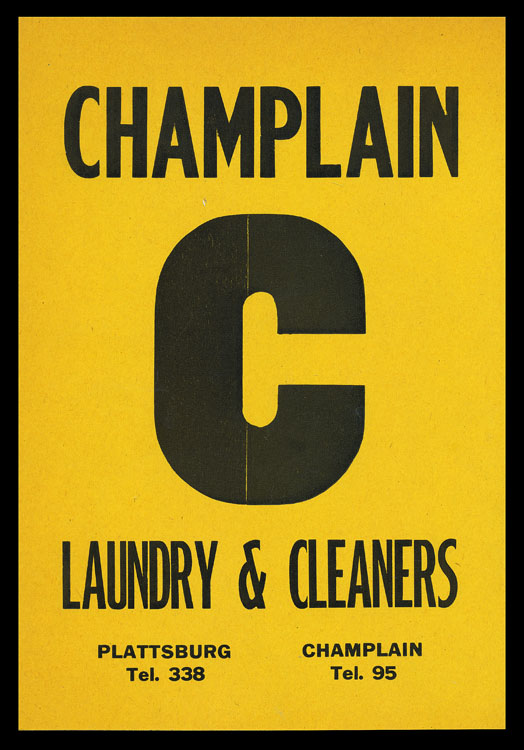
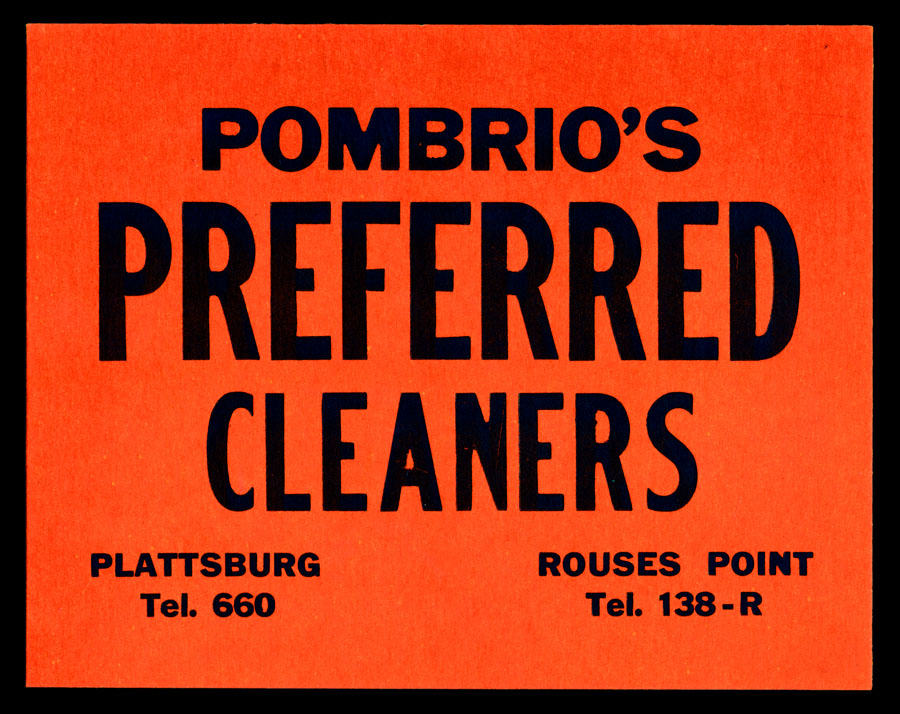
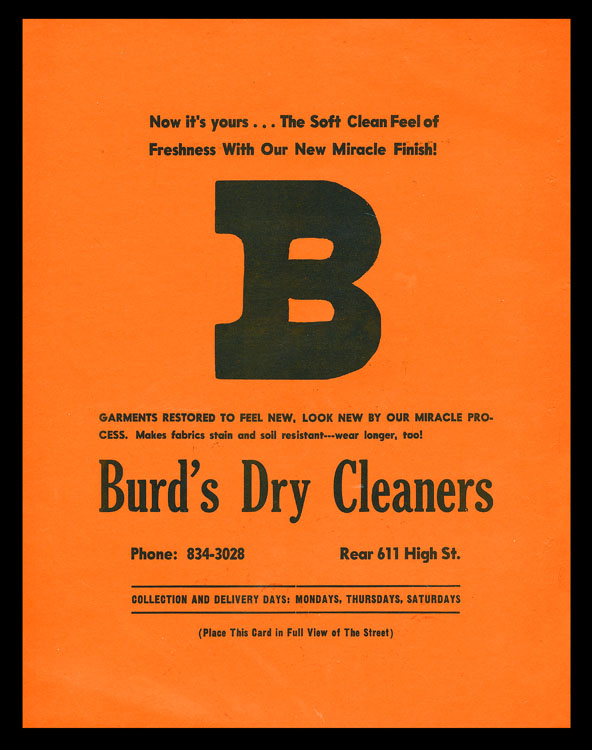
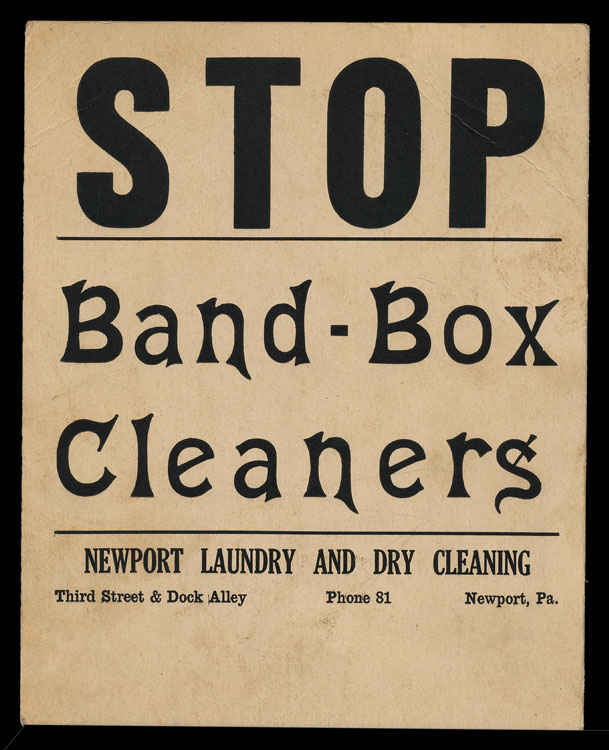
Various other vendors also adopted the window card system . . .
Burkett Brothers, Camden, NJ for bread, cake and pastry . . .
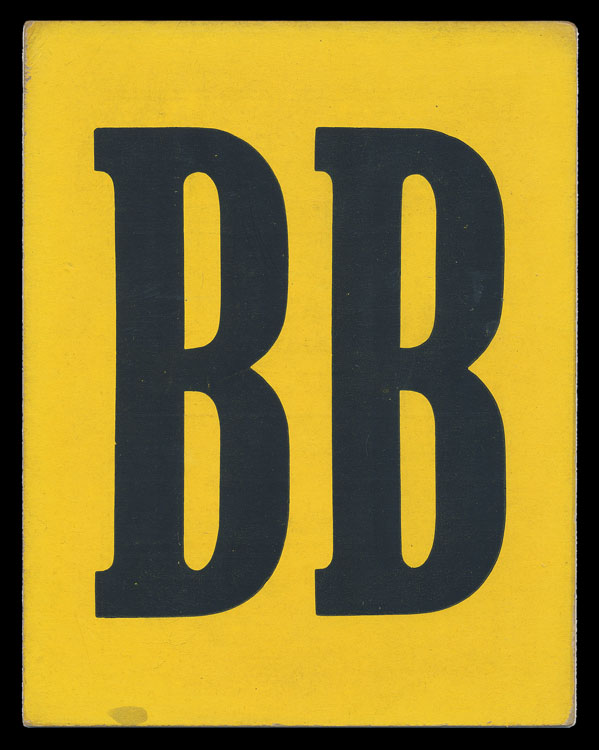
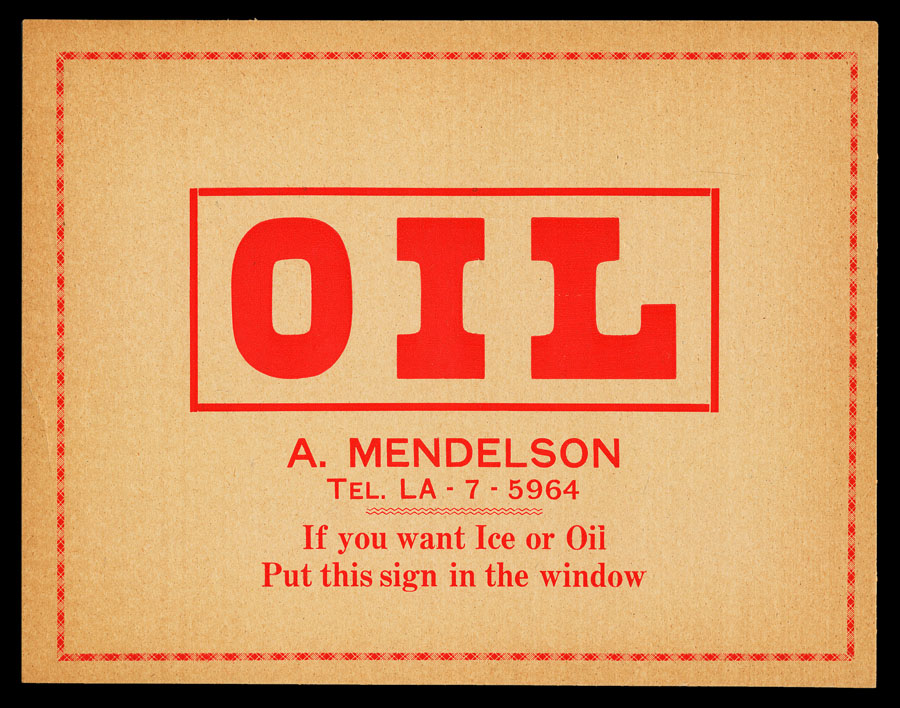
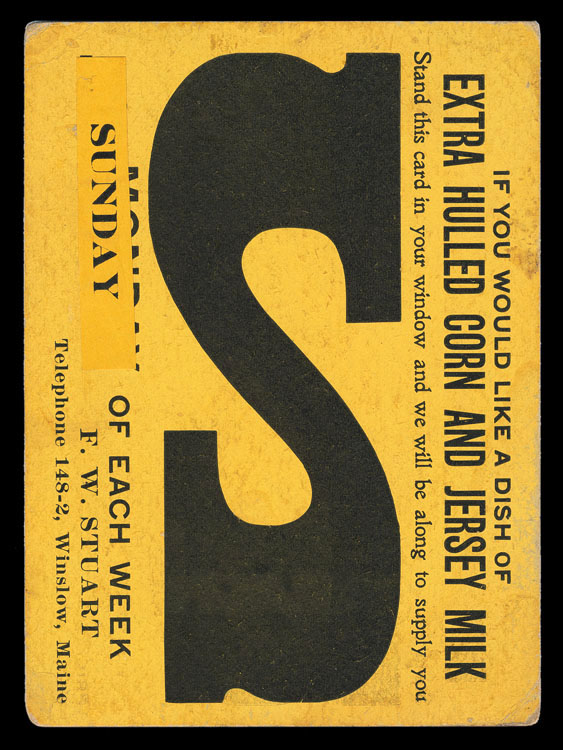
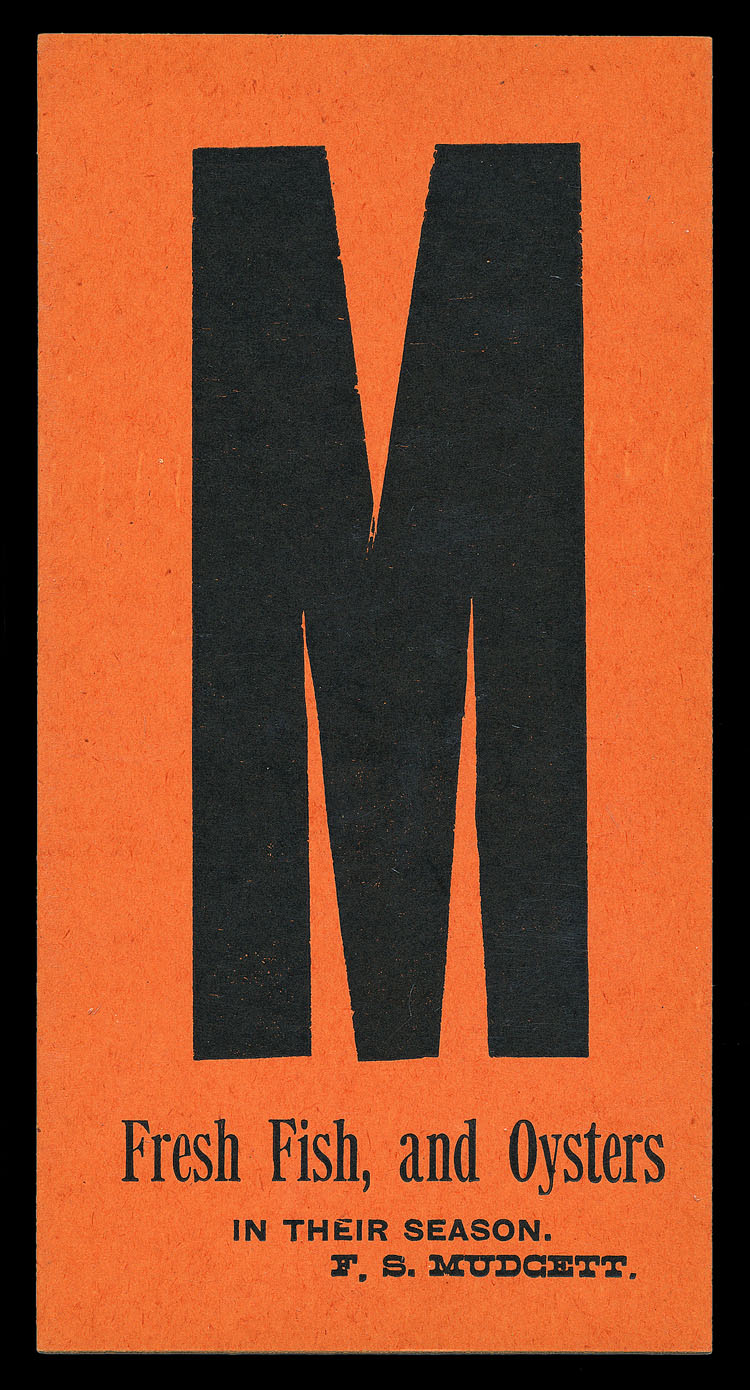
No ephemera for it here, but in those days weekly garbage removal was also a common service. Daily garbage went into containers sunk into the ground somewhere near the driveway; the lid of the pail was opened by stepping on a foot-operated lever. It all smelled quite terrible. The garbage man lifted out the pail, walked it to his truck and added it to his load, headed for some pig farm.
